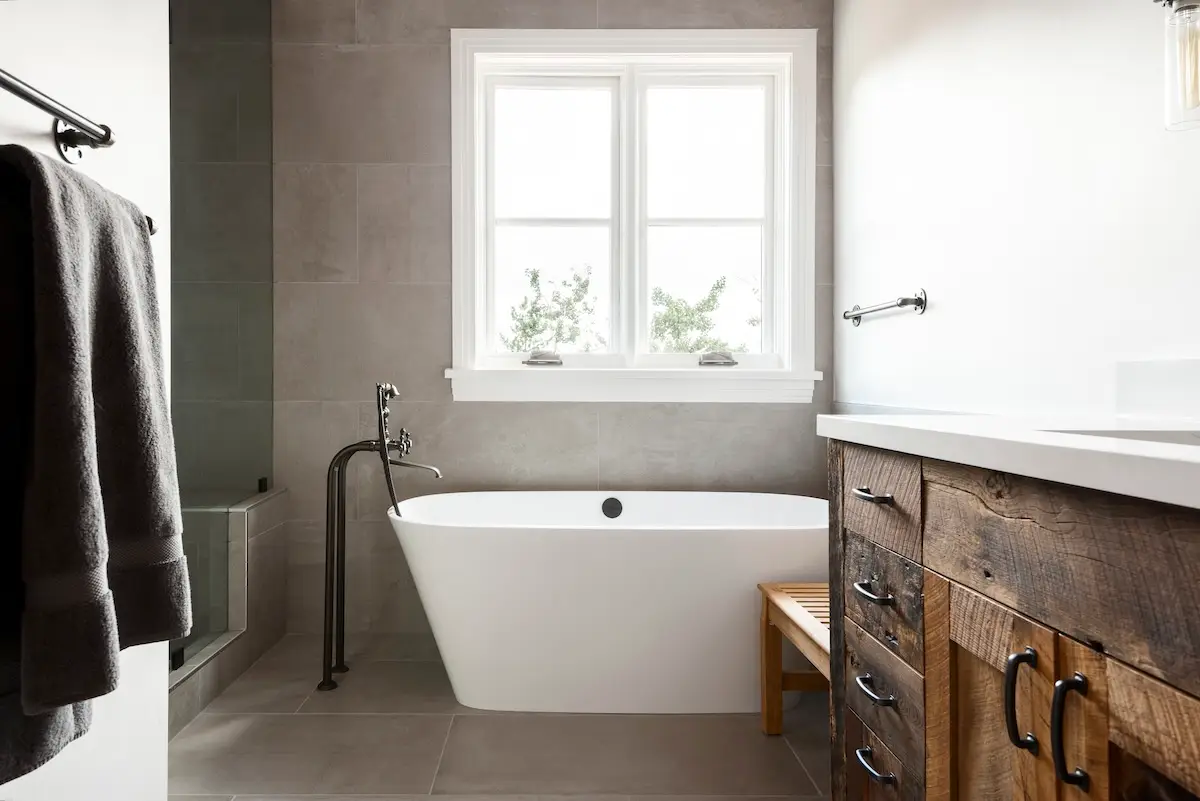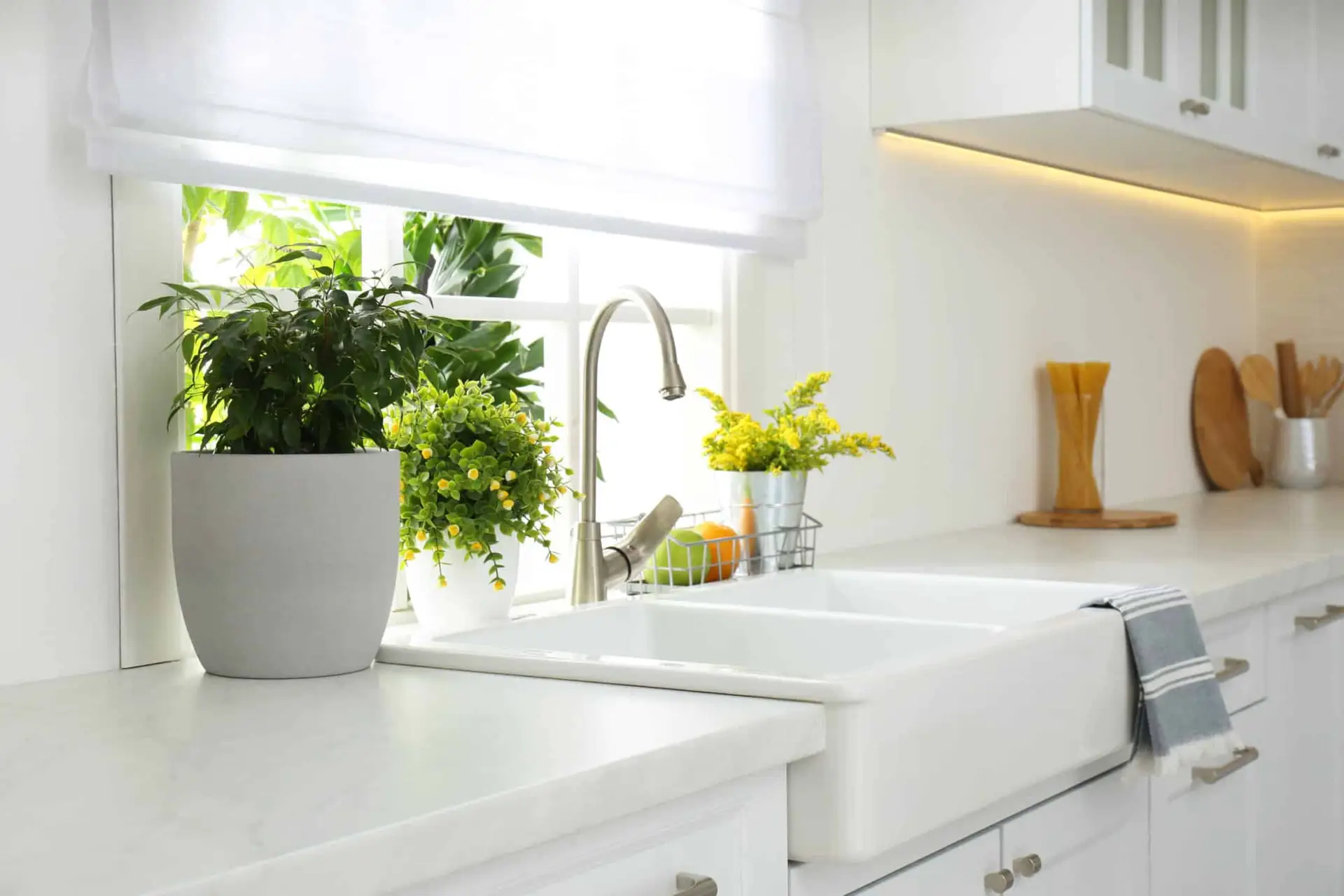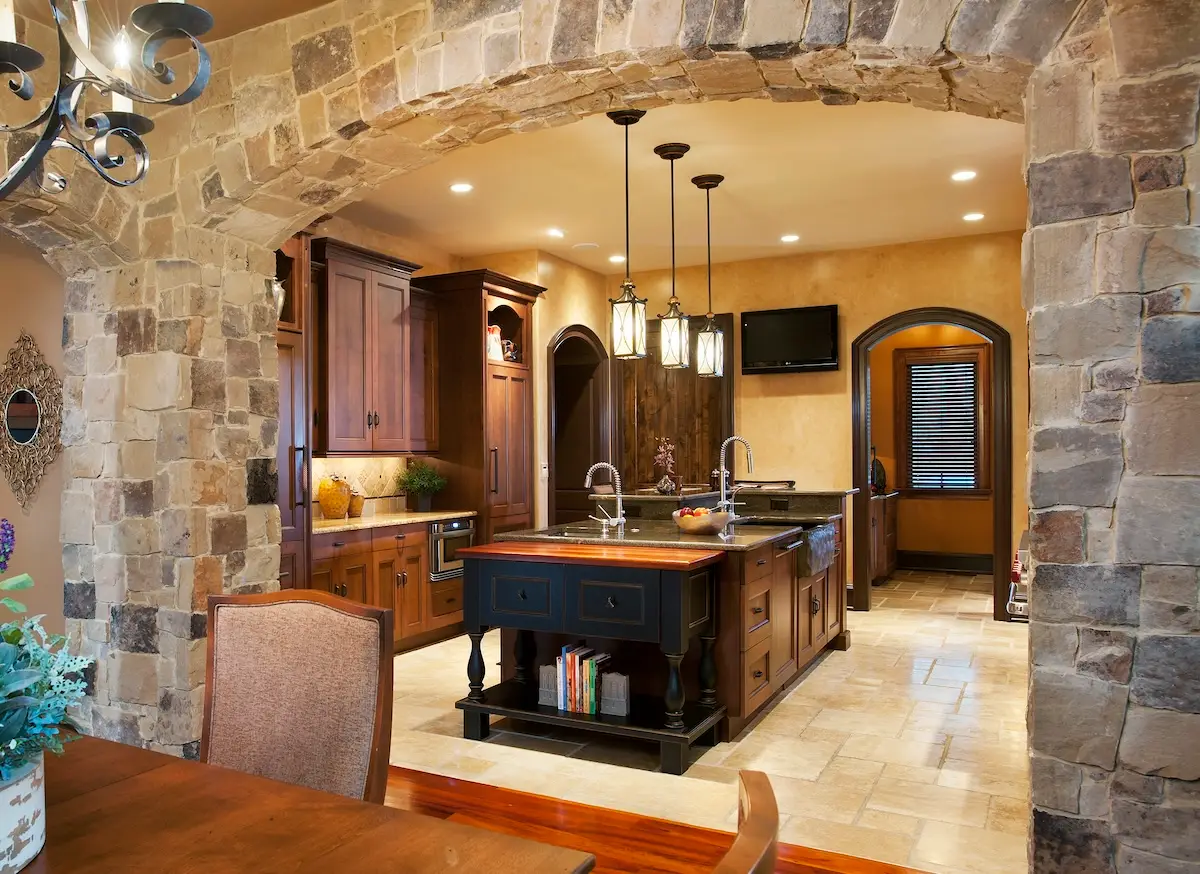Designing with natural fabrics in 2025 means making refined choices that support visual elegance and environmental integrity. As Earth Day approaches, more people are considering how their interiors impact aesthetics, wellness, and the planet. The fabrics that surround us shape how a space looks, functions, and feels. Natural textiles offer comfort, sophistication, and long-term value, making them an essential foundation for elevated, sustainable design.
More Than a Trend
Natural fabrics have always played a role in thoughtful design. Today, they are being used more intentionally than ever. They appear in full-length drapery, wall coverings, upholstered furniture, and handwoven rugs. These applications are not just decorative. They also express restraint, purpose, and care.
Linen, cotton, wool, silk, and hemp continue to stand out in form and function. Linen brings relaxed structure to curtains, slipcovers, and bed canopies. It softens with time while maintaining its shape. Organic cotton is a staple for custom bedding, roman shades, and everyday upholstery. It is breathable, easy to care for, and ideal in family spaces. A cotton slipcover can be removed, cleaned, and restored without losing its fit. Wool adds tactile richness to rugs, benches, and accent seating. It performs beautifully in high-use areas and softens with time. Silk adds quiet elegance to window treatments and cushions, especially in formal spaces. Hemp, known for its strength and texture, is now favored for tailored upholstery and large-scale window coverings.
These materials allow a space to feel lived in without appearing worn out. That kind of longevity matters when the goal is to create interiors that are as enduring as they are elegant.
The Feel of a Room
What also sets natural fabrics apart is how they make a room feel. Their tactile quality creates a sense of calm and comfort that synthetic textiles struggle to replicate. A reading chair in structured hemp can offer comfort and support. A bed dressed in unbleached cotton feels breathable and grounding. Linen drapery filters light with a softness that enhances stillness and calm.
These materials also contribute to wellness. Many synthetic fabrics are treated with chemical coatings or flame retardants that release VOCs over time. Natural fibers are typically less processed and free from additives, which can reduce indoor toxins and improve air quality. This is especially important in spaces where you spend long hours resting, relaxing, or entertaining.
Sophistication Without Compromise
Incorporating natural fabrics does not mean compromising on sophistication. These materials lend themselves beautifully to high-end applications. In a coastal home, Belgian linen drapery might frame a room filled with bleached oak, handmade ceramics, and jute rugs. In a city residence, structured hemp could be used on custom banquettes or oversized headboards. A mountain retreat might layer mohair throws, wool boucle seating, and heavy woven curtains for warmth and intimacy.
People are also placing greater importance on where their materials come from, how they’re made, and how well they hold up over time. There is a growing preference for materials with visible integrity. Textiles that wear in rather than wear out are now favored for longevity and character. Certifications like GOTS or OEKO-TEX have become important indicators, signaling that a fabric meets high standards for environmental and human health while aligning with a more thoughtful, long-term approach to home design.
Responsible Sourcing for Long-Term Living
Designing with natural fabrics supports a slower, more thoughtful approach to interiors. Rather than filling a space quickly, the focus shifts to selecting pieces that age well, feel personal, and offer quiet luxury.
Working with a trusted mill offering organic textiles is one way to source with intention. Boutique showrooms also now feature certified materials that meet aesthetic and environmental standards. Many designers further partner with upholsterers who use natural batting, untreated fabrics, and time-honored techniques. These decisions do more than complete a room. Material selection becomes part of the home’s story, adding depth, quiet beauty, and lasting value.
Designing with natural fabrics supports a slower, more intentional approach to interiors. These materials bring ease and softness into a space. Linen drapery is a simple and impactful swap for polyester blends. Natural fiber rugs such as wool, jute, or sisal add comfort and movement to a space. Reupholstering a vintage heirloom chair in hemp or cotton gives it new life while preserving its story. Even subtle changes like trading out synthetic accent pillows for handwoven ones can shift the tone of a room. These choices prioritize quality over quantity. They support spaces that are meant to evolve, not expire.
As Earth Day reminds us each spring, the choices we make in our environments matter. Designing with natural fabrics creates interiors that feel calm, intentional, and enduring – prioritizing health, sustainability, and timeless style.
If you are considering a more sustainable approach to your home, we would love to hear from you. Share your vision through our online project form today, and let’s start a conversation about bringing it to life.




